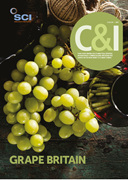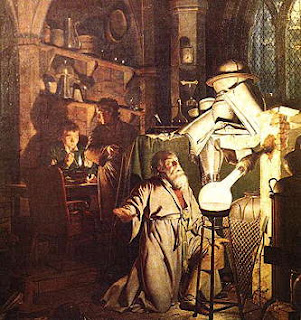Grape expectations
Chemistry & Industry Volume 81, Issue 09, pages 22-25
DOI: 10.1002/cind.819_6.x
open access to full (HTML) text via SCI website
restricted access to PDF file via Wiley Online Library

Michael's blog about science, culture, and everything in between




This lecture was followed by a surprise: a musical event featuring Paul Einstein on violin and Siegfried Räbblen on Piano. Paul, a great grandson of Einstein's is a musician living in the south of France and played on Einstein's violin. The piece was a Mozart Sonata, K304, written in 1778. It is the only instrumental work Mozart wrote in E-minor and its poignancy reflects Mozart's reaction to the news of his mother's death. It was Einstein's favorite.
Chatel offers a brief introduction into what sonochemistry is for the ‘silent’ majority of chemists, which he presents with commendable clarity. Any chemist wondering whether sonochemistry might be worth trying, should find what they’re looking for in the first half of the book.(spoiler alert, the second half of the book isn't quite as gripping as the first.)


find me on
Mastodon